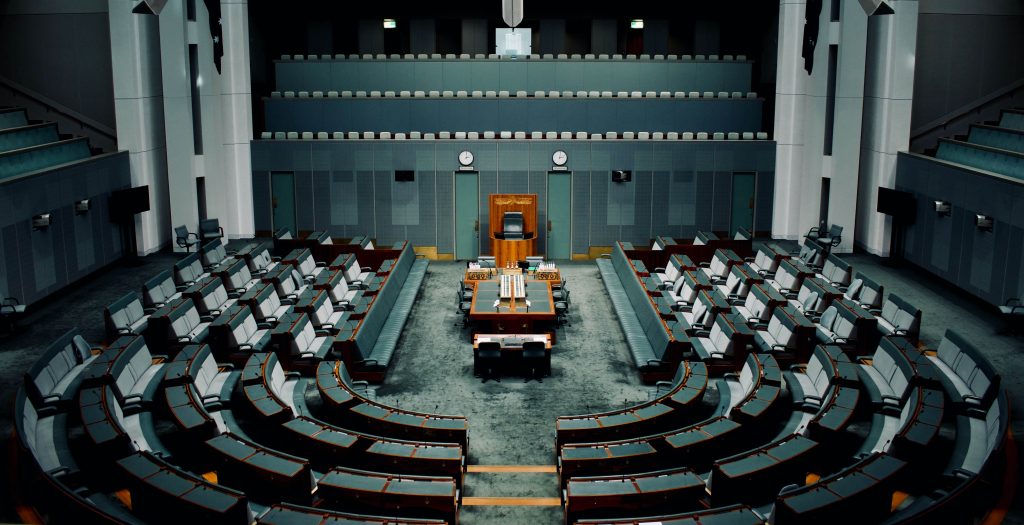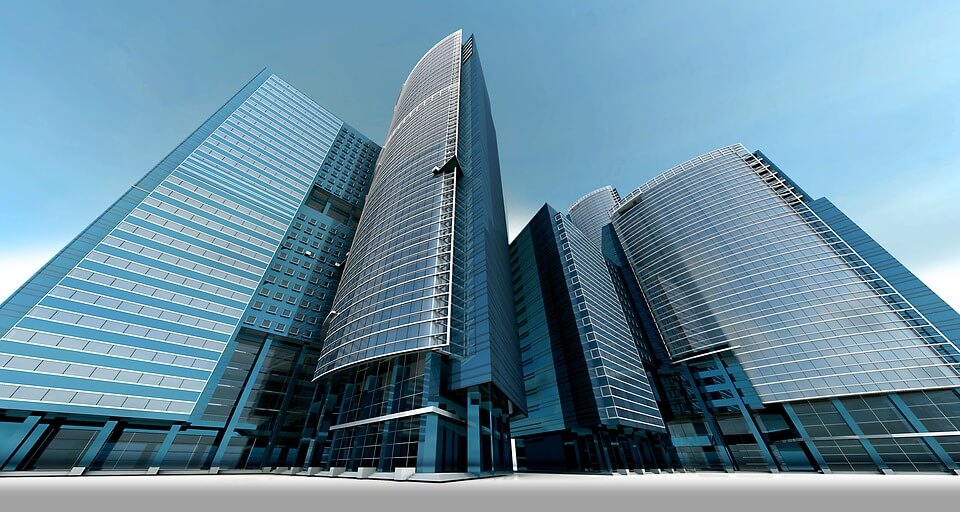
12.05.2020
Jurisdictional and administrative procedures in the Bankruptcy Procedure.
In this article, we will answer what happens with the declarative procedures in the Bankruptcy Procedure field. Thus, we will deal with their prossible suspension, continuation or exceptions. Their situation will depend on certain factors. In the declaratuve ones, i twill be vital to take into account the moment of declaration of the Bankruptcy Procedure. In the executive ones, we must also have in mind the type of guarantee that exists on the assets.
 Por
Sanz González , María
Por
Sanz González , María Esquema:
- Introduction
- Declarative procedures.
2.1.- Against the debtor.
- New legal actions filed against the debtor.
- Continuation and accumulation of pending declarative procedures.
- Are there any exceptions?
- What happens when the debtor’s powers of administration and disposal are suspended?
- When are the pending declarative procedures suspended? Exception to the above.
2.2. By the debtor.
- Existence of suspension of powers of administration and disposal.
- Existence of suspension of powers of administration and disposal.
- Separate appearance in court.
- Actions by creditors in the interest of the estate.
3. Executions and compulsions.
- Paralización de acciones de garantía real. Paralysis of security rights actions.
- Initiation or resumption of execution of assets with security rights.
4.- Conclusión
Contacto No te quedes con la duda, contacta con nosotros. Estaremos encantados de atenderte y ofrecerte soluciones.Introduction
As we know, Bankruptcy Procedure pays special attention on the debtor’s assets. Its main purpose is to satisfy the creditor’s claims with the mentioned assets. Therefore, some statements made by the Bankruptcy Procedure Law (LC) regarding lis pendens and the filing of actions should not be a surprise. As we shall see, these statements aim to protect these assets.
Declarative Procedures.
Against the debtor.
The insolvent debtor, even if he has already entered the Bankruptcy Procedure, may take actions against him. These actions may be filed before or after the Bankruptcy Procedure declaration. Thus, we will analyze the situation according to the division made by the LC. That is, from a temporary point of view. And the milestone that wiill define the “before” and the “after” will be the mentioned Bankruptcy Procedure declaration.

Si te ha interesado este artículo no dudes en leer:
Who is eligible to apply for a Bankruptcy Procedure?
New legal actions filed against the debtor.
Article 50 of our LC (remember, Bankruptcy Procedure Law), states the circumstances of this situation, stablishing what we call “vis atractiva concursal”. That’s to say, it extends the competence of the Bankruptcy Procedure Judge to matters that are related or accesory to the Bankruptcy Procedure itself. Thus, when it comes to declarative procedures that started after the beginning of the Bankruptcy Procedure, it will be the Bankruptcy Procedure Judge the one who will hear the case. Provided that these matters are included in the LC. And more specifically, in article 8 of the LC, which stablishes that the civil and social courts must abstain in case the matter is reserved to the Bankrupcy Procedure Law.
But what are the matters that are mentioned in the article 8 of the LC? They all have one thing in common: they affect the debtor’s assets in one way or another. Thus, it is logical the intention of the LC of protecting the Bankurptcy Procedure’s interest by the previously mentioned “vis atractiva concursal”. This is alwats in the interest of the Bankruptcy Law.
Furthermore, in the mentioned article 50. LC a series of additional clarifications are mentioned, matters that will be reiterated throughout this article, as we shall see. Therefore, its excepcional nature is clear enough. They are:
- Non-admission of lawsuits regarding non-compliance of their obligations by the company administrators. Specifically, for having failed to comply with the duties imposed by the law when the Company incurres in a disolution cause. Therefore, if admitted, the Bankruptcy Procedure Judge must shelve the case.
- First Instance Judges can’t admit claims based on article 1597. during the Bankrupcy Procedure. That is, what we call “direct action”. Therefore, if there is any lawsuit filed in these terms, it must be shelved.
- Finally, reference is made to the social, administrative and criminal judges. The requirements are that the lawsuit must have been filed after the Bankruptcy Procedure has been declared, and that the mentioned lawsuit affects the debtor’s assets. In that case, the Receivership shall be summoned to act in defense of the estate.
Havin seen all the previous information, it is clear what is the “vis atractiva concursal” and its effects, as well as the express protection to the interest of the Bankruptcy Procedure given by the law.
Continuation and accumulation of pending declarative procedures.
Unlike the above mentioned, in this case the general rule is not the aformentioned “vis atractiva concursal”. Here, the courts that have been hearing the procedures before will continue to do that until the sentence becomes final.
Are there any exceptions?
Yes, a specific exception is made, regarding proceedings for claiming damages from the legal entity (debtor) against its administrators, liquidators or auditors. As long as the referred procedure is in first instance and the act of the hearing hasn’t been finished, they will be accumulated. Thus, they will continue before the Bankruptcy Procedure Judge by the procedure they were being known.
What happens when the debtor’s powers of administration and disposal are suspended?
Fort he mentioned suspension of powers, the situations stablished in article 40. LC must happen :
- In the event of necessary Bankruptcy Procedure, these faculties will be suspended and made available tot he Receivership.
- In the event of voluntary Bankruptcy Procedure, there will only be an intervention of these powers by the Receivership.
- However, the Bankruptcy Procedure Judge will have the power of decision in this respect. This means he can decide wether it is necessary to only intervene the powers in a necessary Bankruptcy Procedure or it is necessary to suspend them in a voluntary Bankruptcy Procedure.
In case of suspension of powers, the Receivership will replace the debtor in the ongoing legal procedures, based on the information stablished on article 52. LC. However, an additional piece of information should be noted. This is that the debtor will be able to keep representing an defending itself in court, acting in the mentioned procedures. It will do so as long as he guarantees to the Bankruptcy Procedure Judge that such expenses will not affect the Bankruptcy state.
When are the pending declarative procedures suspended? Exception to the above.
As we have seen, the main rule is the continuation of procedures pending before the Judge that had been hearing them. Although in certain circumstances mentioned before, the Bankruptcy Procedure Judge can hear the mentioned ongoing procedure.
However, there will be situations in which it will be necessary to suspend the procedure because it is stablished in the LC. There are two of these situations:
- Claims against the company’s administrators because of the breach of their corporate obligations. Again, when the Company incurred in dissolution cause.
- Direct action lawsuits (art. 1597. Civil Code). that were initiated before the Bankruptcy Procedure started.
This suspension will be maintained until the end of the Bankruptcy Procedure. Therefore, it makes sense that these procedures are suspended once the Bankruptcy Procedure starts.
By the debtor.
Our LC includes the possibility of the debtor acting not only as a defendant, but also as a plaintiff or petitioner. The rules of this situation are stablished in article 54. LC, which are really similar to those mentioned before.
Existence of suspension of powers of administration and disposal.
That is, when the Bankruptcy Procedure Judge has considered the suspension to be necessary. Situation that is often produced in necessary Bankruptcy Procedures, as we have mentioned before.
In this case the Receivership must promote the procedure, provided that they are not personal actions. That is to say, those not inherent to the person (in this case, the debtor itself) according to article 1.111. Civil Code. Therefore, for personal actions the debtor himself must promote the procedure, although it must have the approval of the Receivership in order to carry out actions affecting the assets, such as the waiver, transaction, settlement or withdrawal.
Mere intervention by the Receivership.
In this case, the debtor can continue to act in court. However he will still need the Receivership’s permission to file claims or appeal sentences affecting the assets.
Separate appearance in court.
Again, the debtor can appear and defend itself in court when the Receivership has promoted the procedure. The costs imposed in this case will not be considered debts against the estate.
Actions by creditors in the interest of the estate.
This case has certain peculiarities. The creditor must urge the Recerivership to promote the patrimonial nature action in the interest of the debtor’s assets. If neither the debtor nor the Receivership files the lawsuit, the creditor himself will be allowed to file the lawsuit himself , provided that he notifies the Receivership.
When the lawsuit is wholly or partly upheld, the costs and expenses that he has suffered can be reimbursed from the estate of the Bankruptcy Procedure. Provided that the judgment has become final. As we can see, what he wins will go directly to the debtor’s assets and not to hs own credit.
Executions and compulsions.
Among the main concerns of the debtor who enters the Bankruptcy Procedure, one of the main ones is the executions. And more specifically, seizures. What happens if there has been a seizure prior to the Bankruptcy Procedure? If I start the Bankruptcy Procedure, can execution proceedings be initiated against my assets? We will answer these questions in this section.
Once the Bankruptcy Procedure is declared, no execution or enforcement proceedings can be initiated against the debtor’s assets. Therefore, neither a jurisdictional or administrative one. Likewise, the ones who were already ongoing can’t be continued. This guarantees a great protection of the debtor agains executions and compulsions.
However, we must take into account the exception of the administrative compulsion. The milestone here will be the approval of the liquidation plan. Until that time, the compulsion procedure can be continued if a seizure had already been issued. As well as labour executions in which the debtor’s assets had been seized. Both situations provided that such assets don’t affect the continuity of the debtor’s activity.
The ongoing procedures, on the other hand, will be suspended from the declaration of the Bankruptcy Procedure. This does not affect the subsequent classification as credits whithin the procedure that may be given to them.
And what happens when there is no ongoing procedure, but the seizure has already been declare dan materialized? Our LC allows the Judge, when the Receivership requests it and giving the debtor a hearing, to lift and cancel the seizures that are already declared. This is provided that they make it considerably more difficult for the debtor to continue its business. Therefore, it also reflects the intention of the law to protect the debtor in those cases where it is really appropiate.
Paralysis of security right actions.
A note should be made regarding security right creditors. These creditors will be able to continue with their executions and even urge it. Again, provided that it does not affect the business continuity of the debtor. If it affects it, the mentioned creditor will have to wait for the approval of an agreement whose content does not affect his right. That, or wait until a year since the declaration of the Bankruptcy Procedure has passed without a liquidation plan taking place has passed.
Likewise, the article itself covers a series of situations in won’t be posible to iniciate this execution.
When are this actions suspended ? Since the momento the article 5.4. LC stablishes, which is even before the declaration of the Bankruptcy Procedure. The suspensions could not take place at that time. In this case, the suspension will take place from the time the declaration of the Bankruptcy Procedure is stablished, wether it is final or not.
And who determines wether an asset is essential tot he debtor’s business and professional activity or not? Again, it will be the Bankruptcy Procedure Judge.
Initiation or resumption of execution of assets with security rights.
If they are resumed for the reasons seen above, the Bankruptcy procedure Judge will hear about the execution. Therefore, he will decide if it must continue or not.
Conclusion
Our LC, in this case, focuses its attention on protecting the debtor’s assets. And of course, the « par conditio creditorum », which means the principle of equality of the creditors. This is demonstrated by the fact that, in general, most matters are attributed to the Bankruptcy Procedure Judge.
With regard to executions and comulsions, the main rule of their suspension marks the line to be followed. However, special attention must be paid to the security right assets, which have specific features that are relevant when determining wether or not an execution may be continued.












